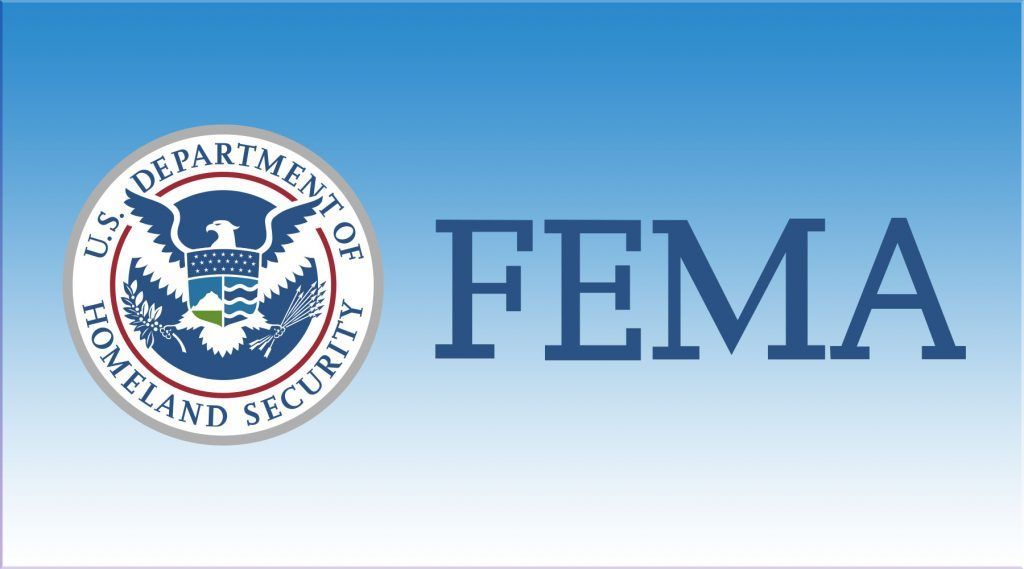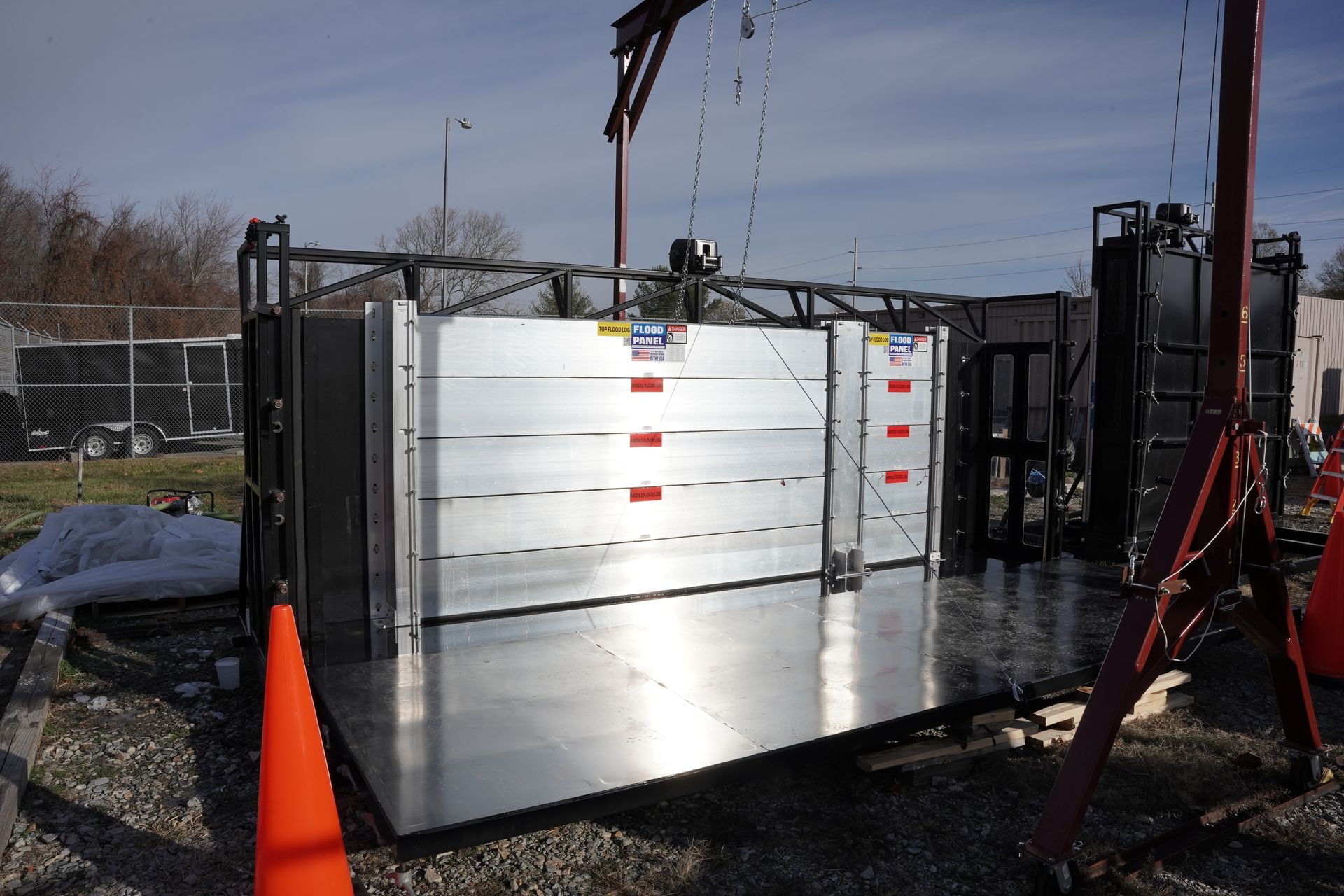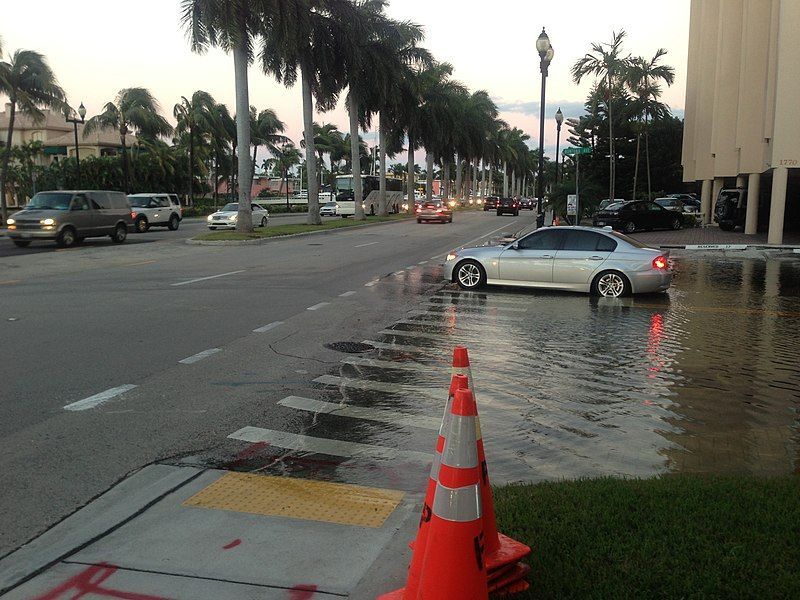Call Us Today - 1 (860) 222-3055
Page 14
Media Contact
Email: media@floodpanel.com

After destructive wildfires ravaged large swaths of Southern California last summer, all those living close to the burn areas immediately began to fear large rainstorms. This may seem counter-intuitive; wouldn’t rain help heal the burned zones and begin the process of re-forestation? While it is true that rain is sorely needed in this drought-ravaged region, and this copious precipitation will indeed promote new vegetation, the storms that struck this week came too soon. There has not yet been enough time for new plants to develop the deep root systems needed to hold the soil together, and the heavy storms swiftly washed away the loose, sandy soil that had been denuded by the fires.
Southern California is not often affected by the type of dreadful flooding that regularly scours the southeastern region. As floods are infrequent and relatively harmless, most property owners do not carry flood insurance and are likely to lose everything in the event of a heavy flood. That nightmare scenario became a reality for some this week, as three consecutive winter storms lashed the area, causing major flooding and widespread damage to roads, bridges, and other infrastructure. Two deaths have been attributed to the storm, and there were many evacuations and rescues, including at a homeless encampment and a popular recreational campground.
This TMPA image shows rainfall anomalies for the one month period ending on January 10, 2017. Higher-than-average precipitation extends from over and east of the Hawaiian Islands northeastward into California, eastern Oregon and much of the northern Rockies (green areas). Much higher than average rainfall appear in blue. Credits: NASA/JAXA, Hal Pierce
California is still struggling to emerge from a drought that has devastated agriculture, wildlife, and even the famous ancient sequoias that have surely seen many severe droughts. The past year has brought much more rain than usual, and it is hoped that the silver lining of these recents storms will be a replenished water table- at last! But this future silver lining does nothing to assuage the immediate suffering that has ravaged almost the entire state — from San Diego to Sacramento. For the past three weeks, rain has pelted the state relentlessly, with very few breaks, and major flooding has caused havoc in many areas.
In particular, dramatic news photos show horrific damage at a low-lying campground called El Capitan, which is close to Santa Barbara. Fortunately, the campers managed to seek higher ground in time to avoid loss of life, but several cars were washed away and were later found mired to the roof in sand and seaweed on a nearby beach. In addition to the heavy flooding, the storms also caused widespread mudslides and rockslides that damaged major roadways badly enough to warrant closure. Trees loosened by soggy soil and heavy winds crushed homes in several areas, and flash flood warnings were announced across the state.
All this rain that fell at lower elevations appeared as snow at higher elevations. Some parts of the Sierra Nevada mountain range currently have double the average snowfall so far this year! This is very good news for ski resorts, and the reservoirs that are now brimming with water will delight farmers. But the threat of flooding from what is likely to be record-breaking snowmelt will continue to be a cause for worry through the spring and into the summer months.
Source:: FloodBarrierUSA
After destructive wildfires ravaged large swaths of Southern California last summer, all those living close to the burn areas immediately began to fear large rainstorms. This may seem counter-intuitive; wouldn’t rain help heal the burned zones and begin the process of re-forestation? While it is true that rain is sorely needed in this drought-ravaged region, and this copious precipitation will indeed promote new vegetation, the storms that struck this week came too soon. There has not yet been enough time for new plants to develop the deep root systems needed to hold the soil together, and the heavy storms swiftly washed away the loose, sandy soil that had been denuded by the fires.
Southern California is not often affected by the type of dreadful flooding that regularly scours the southeastern region. As floods are infrequent and relatively harmless, most property owners do not carry flood insurance and are likely to lose everything in the event of a heavy flood. That nightmare scenario became a reality for some this week, as three consecutive winter storms lashed the area, causing major flooding and widespread damage to roads, bridges, and other infrastructure. Two deaths have been attributed to the storm, and there were many evacuations and rescues, including at a homeless encampment and a popular recreational campground.
This TMPA image shows rainfall anomalies for the one month period ending on January 10, 2017. Higher-than-average precipitation extends from over and east of the Hawaiian Islands northeastward into California, eastern Oregon and much of the northern Rockies (green areas). Much higher than average rainfall appear in blue. Credits: NASA/JAXA, Hal Pierce
California is still struggling to emerge from a drought that has devastated agriculture, wildlife, and even the famous ancient sequoias that have surely seen many severe droughts. The past year has brought much more rain than usual, and it is hoped that the silver lining of these recents storms will be a replenished water table- at last! But this future silver lining does nothing to assuage the immediate suffering that has ravaged almost the entire state — from San Diego to Sacramento. For the past three weeks, rain has pelted the state relentlessly, with very few breaks, and major flooding has caused havoc in many areas.
In particular, dramatic news photos show horrific damage at a low-lying campground called El Capitan, which is close to Santa Barbara. Fortunately, the campers managed to seek higher ground in time to avoid loss of life, but several cars were washed away and were later found mired to the roof in sand and seaweed on a nearby beach. In addition to the heavy flooding, the storms also caused widespread mudslides and rockslides that damaged major roadways badly enough to warrant closure. Trees loosened by soggy soil and heavy winds crushed homes in several areas, and flash flood warnings were announced across the state.
All this rain that fell at lower elevations appeared as snow at higher elevations. Some parts of the Sierra Nevada mountain range currently have double the average snowfall so far this year! This is very good news for ski resorts, and the reservoirs that are now brimming with water will delight farmers. But the threat of flooding from what is likely to be record-breaking snowmelt will continue to be a cause for worry through the spring and into the summer months.
Source:: FloodBarrierUSA
Click on image below to visit the NYBuild Expo website and register free.
Flood Panel will be exhibiting at New York Build 2017 on March 15-16 at the Javits Center in New York City. New York Build is the leading design and construction expo focused on construction projects around New York.
Flood Panel will be at Stand D28 with National Flood Protection, LLC, our first National Corporate Partner. Last year, New York City selected Flood Panel for funding through the $30 million RISE : NYC initiative. The project provides flood protection to small businesses impacted by Hurricane Sandy. Flood Panel custom-designed a solution for the city that uses shipbuilding and bridge construction technology to withstand hydrostatic pressure, waves and the impact of floating debris. Read more about our project with New York City here.
The expo is a great chance to create new business opportunities, gain AIA CES accredited training and hear about the latest projects around the city. The show features eight specialist summits focused on: Government Policy, Infrastructure, Digital Construction, Architecture, Sustainability, Health & Safety, Real Estate and Residential Construction.
Registration for New York Build 2017 is free at www.newyorkbuildexpo.com.

Tell us about your project
We look forward to the opportunity to earn your business and to become a value-added partner on your design and construction team.
Contact Us
Contact Us
Phone:
1-860-222-3055
Address: 1555 Jupiter Park Drive, Suite 5, Jupiter, FL 33458


